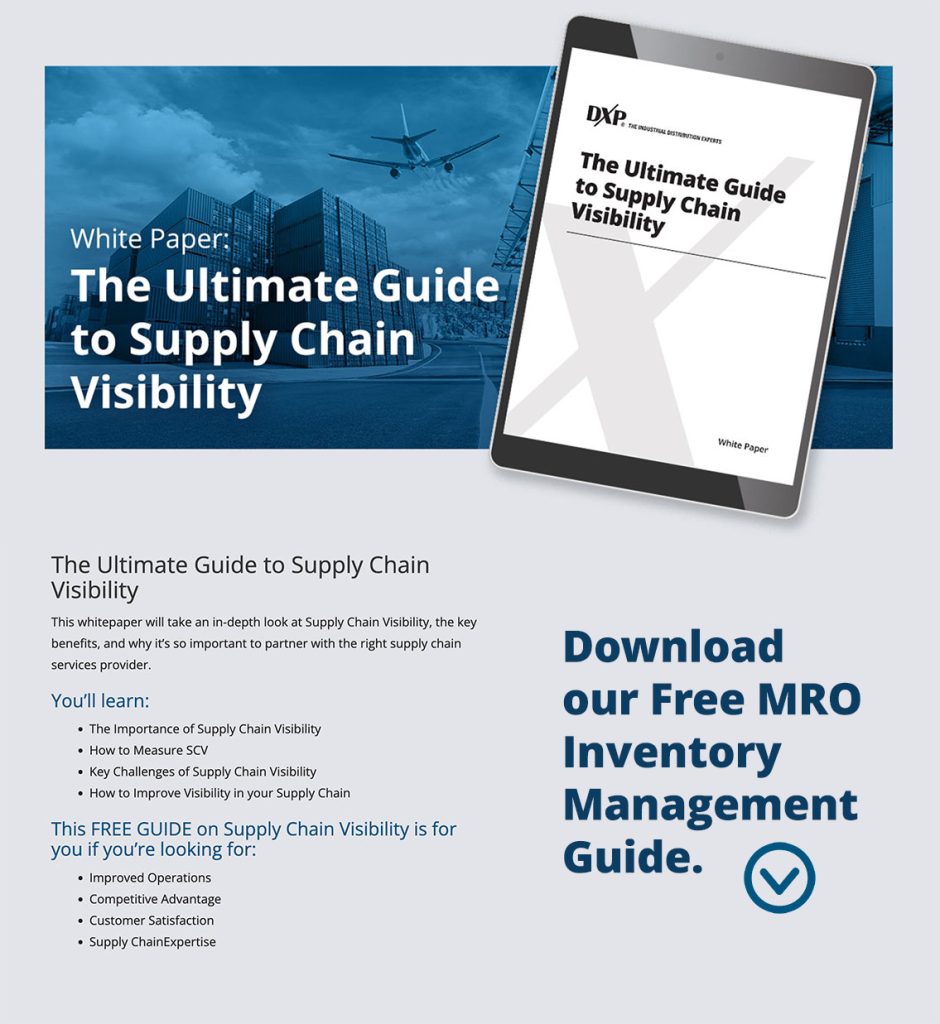
Difference Between Category Management vs. Strategic Sourcing | DXP
Strategic sourcing and category management are essential to an organization’s procurement process. Recognizing their differences can help you determine which of them is suitable for your organization’s application. This article explores what these procurement strategies entail.
Category Management vs. Strategic Sourcing
Strategic sourcing and category management are the most common supplier-management strategies ever employed in organizations. Many clients and procurement personnel commonly mistake one for the other. This would be incorrect, as they are distinctive concepts. However, category management is a subset of strategic sourcing.
Some fundamental differences between strategic sourcing and category management are outlined below:
- While strategic sourcing is done on a short-term basis, category management is long-term.
- Unlike strategic sourcing that is limited to a single category, category management spans a portfolio of categories.
- While strategic sourcing has a medium level of change management effort, category management has a high one.
- Strategic sourcing requires functional competency. However, strategic competency is required by category management.
- Strategic sourcing applies an event/process-based approach, while category management applies a context-based approach.
- Strategic sourcing is known for its passive executive support. Category management, however, boasts of proactive executive support.
- Strategic sourcing sometimes omits aspects of supplier, contract, and demand management programs, while category management always includes a robust supplier and demand management program.
- No supplier development programs are included in strategic sourcing, unlike category management that gives high priority to supplier management.
What is Category Management?
Category Management is a procurement management strategy used for efficient spend management and cost savings. It involves the categorization of various goods and services and managing them as business units (BU) with the purpose of effectively and efficiently improving business outcomes. It employs a structured and measurable project management approach to achieve these improved outcomes.
Although it is used by the private and public sectors, the category management strategy is void of general standards or requirements for categorization. However, a general rule of thumb applies that products or services with similar characteristics are placed in one group. A few of these categories include:
- Information technology
- Security
- Medical
- Office management
- Industrial products/services

What is Strategic Sourcing?
Strategic sourcing refers to purchasing organizational needs while considering its goals and mission. It normally meets the organization’s immediate needs to maximize value and minimize cost. It is also often seen as an alignment of the organization’s sourcing goals with its mission by the collaborative efforts of a team. It is a procurement strategy that matches the organization’s expenditure with the most appropriate vendor for value maximization purposes. The three basic components of strategic sourcing include:
- Category planning
- Sourcing projects
- Supplier performance measurement
They are all team-based activities and require adequate synergy between the stakeholders and the procurement department.
The Role of a Category Manager in Procurement
An adequate understanding of spend, demand, providers, and the market is a prerequisite for being a competent category manager. This role in the procurement process is essential as the manager is expected to:
- Analyze huge amounts of data
- Identify trends and market gaps from the analyzed data
- Implement strategic goals in line with the organization’s goals
- Strategically source, create a category plan, and oversee that specific category.
- Effectively communicate and negotiate with relevant stakeholders
Benefits of Category Management
Some benefits category management offers include the following:
- Centralizing spend data
- Cost savings
- Better vendor risk management
- Purchase to pay process
- Streamlined business strategy
Centralizing Spend Data
Category management enables easy tracking, logging, and reporting due to consolidated and centralized spend. It also allows for the outsourcing of spend analysis.
Cost Savings
By leveraging the expertise of strategic managers, knowledge of categories and subcategories not only adds value but also minimizes cost.
Better Vendor Risk Management
Since category management allows the organization to gain comprehensive knowledge of their suppliers, they can use one supplier’s operational risk to benchmark others, thereby maintaining a better risk management strategy.
Purchase to Pay Process
By perfecting its operational processes with one supplier, the organization can duplicate these processes for others in the same category without creating entirely new ones.
Streamlined Business Strategy
It also plays a key function in the strategic management of businesses. It can aid the expansion of a particular business operation if the need arises.
Benefits of Strategic Sourcing
Strategic sourcing is beneficial in the following ways:
- Maximizing value for the organization
- Overall procurement cost reduction
- Improvement of the quality of products or services
- Optimization of an organization’s inventory
- Convenience and improvement of lead time

Contact DXP For Supply Chain Services
At DXP, we are committed to providing excellent supply chain services for all your business needs. We understand that business models vary, which is why we approach each client with the best strategy to optimize their processes.
If you are looking for the best procurement management strategies that prioritize value optimization and cost reduction, DXP is the right choice. Contact us online today to learn more!

